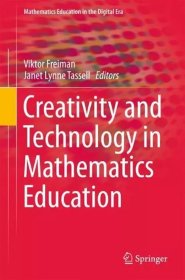
(正版) 数学教育中的创意与技术 Creativity and Technology in Mathematics Education-Mathematics Education in the Digital Era (需预定或E版)
(英文原版正品)下单前请先咨询,未经咨询下此单不发货。
¥ 3999 全新
仅1件
辽宁沈阳
认证卖家担保交易快速发货售后保障
作者Janet Lynne Tassell
出版社Springer International Publishing A&G
ISBN9783319723792
出版时间2018
装帧精装
上书时间2024-10-11
- 店主推荐
- 最新上架
商品详情
- 品相描述:全新
- 商品描述
- This volume provides new insights on creativity while focusing on innovative methodological approaches in research and practice of integrating technological tools and environments in mathematics teaching and learning. This work is being built on the discussions at the mini-symposium on Creativity and Technology at the International Conference on Mathematical Creativity and Giftedness (ICMCG) in Denver, USA (2014), and other contributions to the topic. The book emphasizes a diversity of views, a variety of contexts, angles and cultures of thought, as well as mathematical and educational practices. The authors of each chapter explore the potential of technology to foster creative and divergent mathematical thinking, problem solving and problem posing, creative use of dynamic, multimodal and interactive software by teachers and learners, as well as other digital media and tools while widening and enriching transdisciplinary and interdisciplinary connections in mathematics classroom. Along with ground-breaking innovative approaches, the book aims to provide researchers and practitioners with new paths for diversification of opportunities for all students to become more creative and innovative mathematics learners. A framework for dynamic learning conditions of leveraging mathematical creativity with technology is an outcome of the book as well., Introduction Section: Setting the Stage of Investigation.- Chapter 1 Leveraging Mathematics Creativity by Using Technology: Questions, Issues, Solutions, and Innovative Paths (Viktor Freiman and Janet Tassell).- Part 1: Teaching Practices and Instructional Strategies to Inspire Authentic Creativity.- Chapter 2 Screencasting as a Tool to Capture Moments of Authentic Creativity (Dana Cox, Suzanne Harper, and Michael Todd Edwards).- Chapter 3 The Create Excellence Framework's Impact on Enhancing Creativity: Examining Elementary Teacher Candidate Mathematics Lesson Planning (Janet Lynne Tassell, Rebecca Stobaugh, and Marge Maxwell).- Chapter 4 Impacting Mathematical and Technological Creativity with Dynamic Technology Scaffolding (Sandra R. Madden).- Chapter 5 Three-Act Tasks: Creative Means of Engaging Authentic Mathematical Thinking through Multimedia Storytelling (Adrienne Redmond-Sanogo, Susan Stansberry, Penny Thompson, and Sheri Vasinda).- Part 2: Creativity in Technology-Rich Mathematical Environments.- Chapter 6 Interactive Technology to Foster Creativity in Future Mathematics Teachers (Alfinio Flores, Jungeun Park, and Stephen A. Bernhardt).- Chapter 7 Creativity and the Design of Music-Mathematics Activities in a Virtual Simulation Learning Environment (Trina Davis, Glenn Phillips, and Gerald Kulm).- Chapter 8 Preparing Teachers to Use Excelets: Developing Creative Modeling Experiences for Secondary Mathematics Students (Ginger S. Watson and Mary C. Enderson).- Chapter 9 Creativity in Question and Answer Digital Spaces for Mathematics Education: A Case Study of the Water Triangle for Proportional Reasoning (Benjamin Dickman).- Part 3: New Learning Paths and Creative Teaching Approaches .- Chapter 10 Nurturing Creativity in Future Mathematics Teachers through Embracing Technology and Failure (Marina Milner-Bolotin).- Chapter 11 Harnessing Early Spatial Learning Using Technological and Traditional Tools at Home (Joanne Lee, Ariel Ho, and Eileen Wood).- Chapter 12 Video Game Play, Mathematics, and Spatial Skills - A Study of the Impact on Teacher Candidates (Janet Tassell, Elena Novak, and Mengjiao Wu).- Chapter 13 Prototype Problem Solving Activities Increasing Creative Learning Opportunities Using Computer Modeling and 3D Printing (Antonia Szymanski).- Part 4: Creativity and Advanced Mathematics.- Chapter 14 Can a Kite Be a Triangle? Aesthetics and Creative Discourse in an Interactive Geometric Environment (Hope Gerson and Paul Woo Dong Yu).- Chapter 15 Technology and the Development of Mathematical Creativity in Advanced School Mathematics (Sergei Abramovich).- Chapter 16 "Integrating" Creativity and Technology through Interpolation )Bharath Sriraman and Daniel Lande.- Chapter 17 Ancient School without Walls: Collective Creativity in Mathematics Village (Elçin Emre-Akdogan and Gönül Yazgan-Sag).- Part 5: Learning from the Theories and Patterns of Students' Creativity.- Chapter 18 APOS Theory: Use of Computer Programs to Foster Mental Constructions and Student's Creativity (Draga Vidakovic, Ed Dubinsky, and Kirk Weller).- Chapter 19 The Nature of Knowledge and Creativity in a Technological Context in Music and Mathematics: Implications in Combining Vygotsky and Piaget's Models (Yves de Champlain, Lucie DeBlois, Xavier Robichaud, and Viktor Freiman).- Chapter 20 Putting the Horses before the Cart: Technology, Creativity, and Authorship Harnessed Three Abreast (Osnat Fellus and Y. Biton).- Chapter 21 Virtual Learning Communities of Problem Solvers: A Potential for Developing Creativity in Mathematics (Dominic Manuel).
— 没有更多了 —


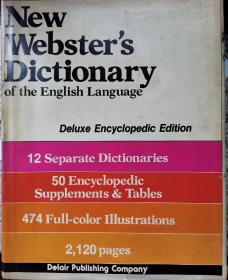
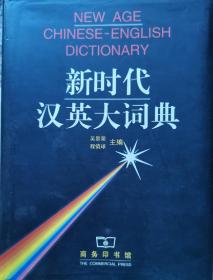
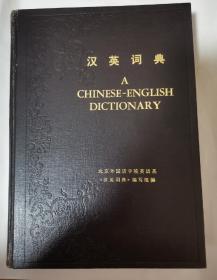
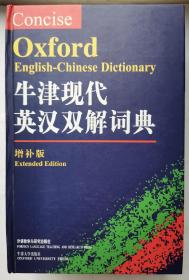
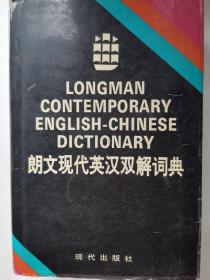
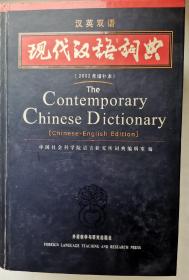


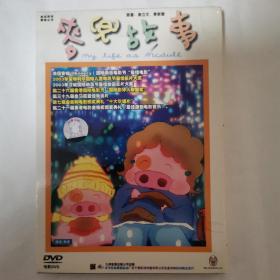






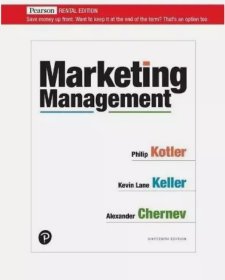


以下为对购买帮助不大的评价